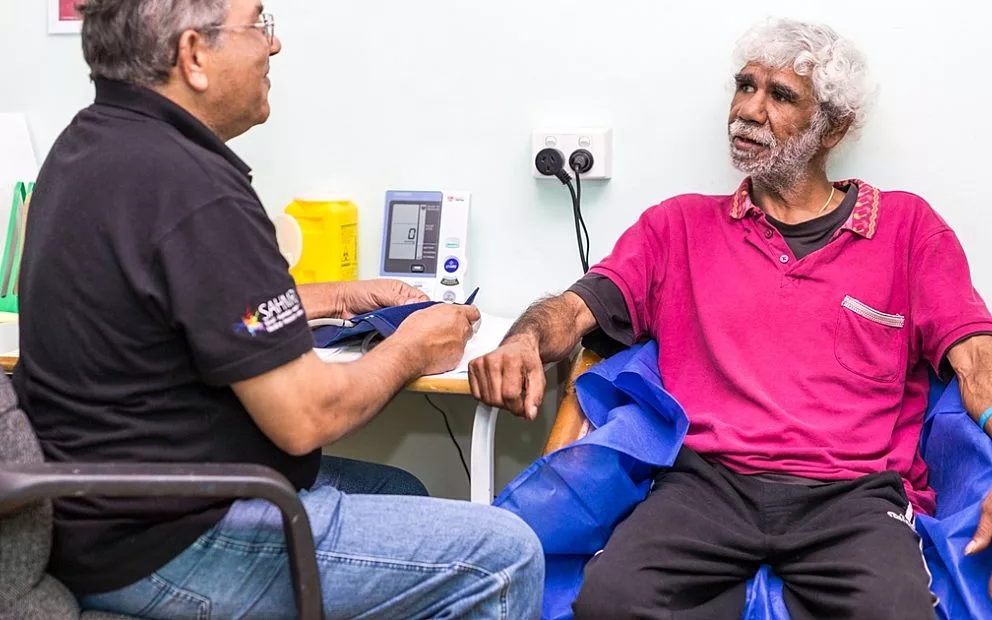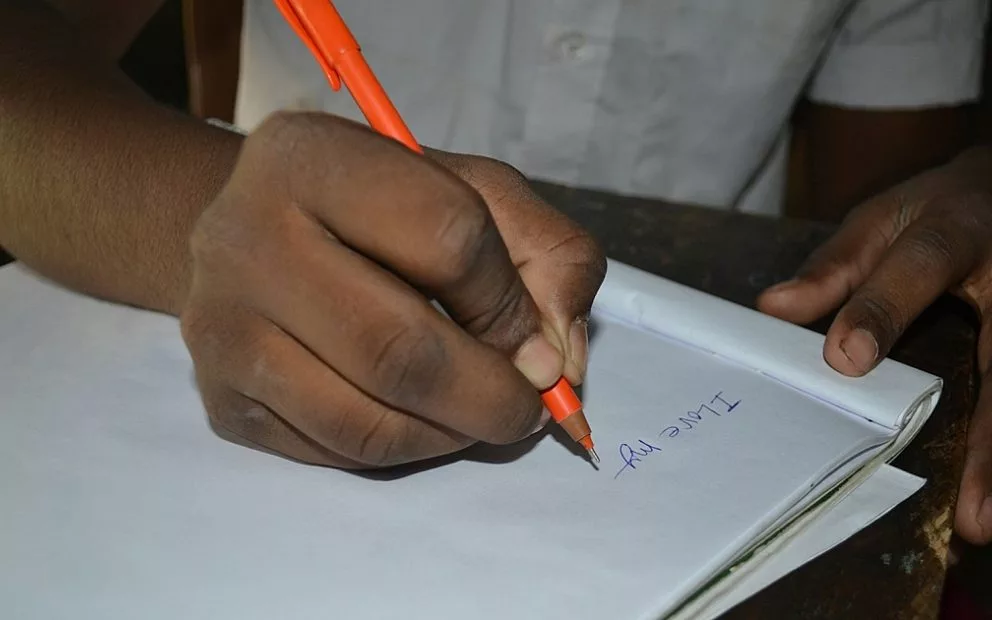On World Diabetes Day (Saturday, 14 November) the South Australian Health and Medical Research Institute’s (SAHMRI) Wardliparingga Aboriginal Research Unit will formally launch The Aboriginal Diabetes Study.
Type 2 Diabetes affects over 400 million people and represents a complex global challenge. It significantly impairs quality and length of life and is a common cause of sickness and death in Aboriginal and Torres Strait Islander people, at rates three to four times higher than that seen in other Australians. Importantly it is increasingly being recognised in Aboriginal children and adolescents.
The Aboriginal Diabetes Study, the largest of its kind, will work with over 4,000 Aboriginal people in South Australia to better understand the burden, development and causes of diabetes and its eye, heart, kidney and circulatory complications.
SAHMRI’s Aboriginal Health Theme Leader, Professor Alex Brown, said that the study is ultimately seeking to better understand why there is such a high rate of diabetes and diabetic complications amongst Aboriginal people, and to better predict how complications develop.
“We are committed to generating research results that could be translated into practice. We hope that this work will help to optimise the delivery of existing therapies, offer better treatment of Type 2 Diabetes, and prevent its complications for Aboriginal communities,” Professor Brown said.
“We aim to recruit one in six Aboriginal people over 15 years of age in South Australia. Each person will be asked to give us a short amount of their time to provide us with vital information on the factors associated with diabetes and the risks of developing diabetes.”
“We are especially interested in looking at the complications of diabetes, such as kidney, eye, feet and heart problems. We will carry out preliminary genomic investigations to seek novel causes and differences that may explain the development of complications.”
Professor Brown added that to make a real difference for Aboriginal communities, the Aboriginal Diabetes Study needs the assistance of Aboriginal people, communities and organisations right across South Australia.
“We need to assess 2,000 people with diabetes and 2,000 people who do not have it. So if you are aged 15 or over and are Aboriginal, whether you have diabetes or not, we need your help.”
“We are delighted to be partnering with so many communities in South Australia and are really excited, as this is an amazing opportunity for us to make some really needed improvements to the lives of Aboriginal people for generations to come,” Professor Brown said.
Professor Paul Zimmet, co-chair of the Federal Government’s National Diabetes Strategy Advisory Group, said the rates of diabetes, its complications and the premature deaths from diabetes in the Indigenous communities are totally unacceptable. This landmark study can provide a better understanding of the drivers of diabetes in this community, and the strategies needed to reverse this epidemic.
For more information, follow us on Facebook where people can register to be involved or simply ask questions to help give them a better picture of the study and our work more broadly.


